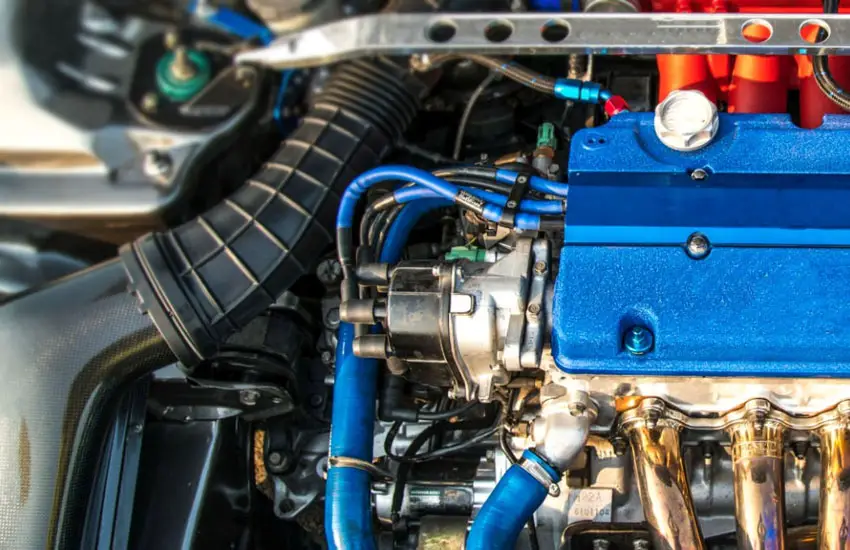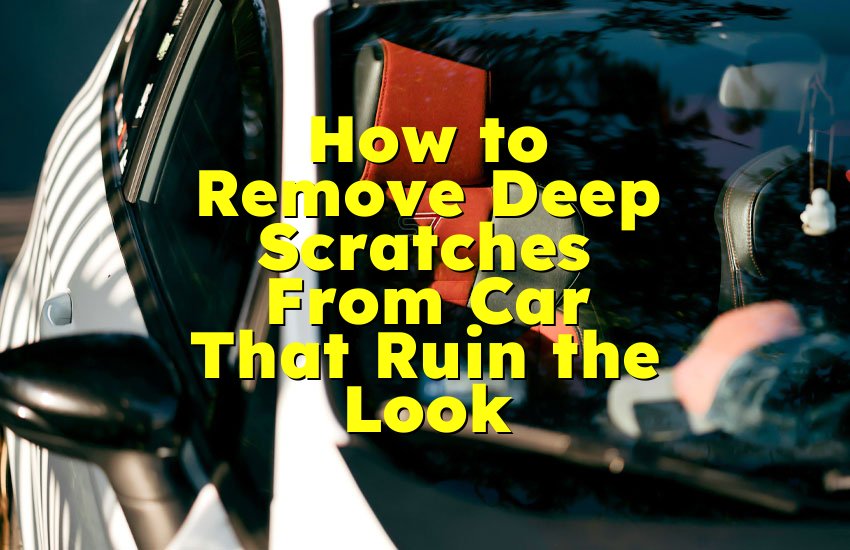As an Amazon Associate, I earn from qualifying purchases at no extra cost to you.
Is Transmission Part of Engine? Find Out Here!
Many people wonder about car parts and how they work together. One question that comes up a lot is, Is Transmission Part of Engine? Understanding the relationship between these two important parts can help us know more about our cars. The engine gives power, while the transmission helps that power get to the wheels.
They work as a team to make our cars move smoothly. In this blog post, we will dive into what a transmission does, how it connects to the engine, and why both parts are essential for a car’s performance. Let's explore this topic together!
Transmission vs. Engine: What’s the Difference?
When we talk about cars, two big parts come up a lot: the engine and the transmission. Even though they work together to make the car go, they do very different things. Understanding these parts can help you know how cars work. Let's look at what each part does and how they are different from each other.

What is an Engine?
An engine is the heart of the car. It is the part that makes power. Think of the engine like a big pump that uses fuel to create energy. Most car engines use gasoline, but some use diesel or even electricity. Inside the engine, fuel mixes with air, and then it is burned. This burning creates a lot of hot gas. The gas pushes parts called pistons, which move up and down. This movement turns the crankshaft, which helps the car move.
There are different types of engines, but they all do the same basic thing. They take fuel and turn it into movement. Some common types of engines are inline engines, V engines, and rotary engines. Inline engines have all the cylinders in a straight line. V engines have cylinders arranged in a V shape. Rotary engines use a different design, which makes them smaller and lighter. Each type has its own benefits and drawbacks.
Engines have many parts, including cylinders, pistons, spark plugs, and valves. The cylinders are where the burning happens. The pistons move up and down in these cylinders. Spark plugs create a tiny spark to start the burning process. Valves open and close to let in air and fuel and let out exhaust gases. Each part must work perfectly for the engine to run well.
What is a Transmission?
The transmission is like the car’s voice. It helps control how the power from the engine gets to the wheels. The transmission takes the energy from the engine and decides how fast the car should go and how much power is needed. This part is very important because it helps the car drive smoothly and efficiently.
There are two main types of transmissions: automatic and manual. An automatic transmission changes gears by itself. You do not have to think about it while driving. You just press the gas pedal, and the car does the rest. A manual transmission, on the other hand, needs the driver to change the gears. The driver uses a clutch pedal and a gear stick to control the car’s speed and power. Some people prefer manual because they feel more in control, while others like the ease of automatic.
The transmission has several parts, including gears, clutches, and a torque converter. Gears are like the different speeds in a bike. They help the car go faster or slower. Clutches connect and disconnect the engine from the wheels, while the torque converter helps with smooth shifting in automatic transmissions. Together, these parts make sure the power from the engine is used correctly.
How They Work Together
The engine and transmission work closely together. The engine makes the power, and the transmission sends that power to the wheels. When you press the gas pedal, you are telling the engine to make more power. At the same time, the transmission decides how to use that power. For example, if you are driving uphill, the transmission may shift to a lower gear to give you more power. If you are going downhill, it might shift to a higher gear to save energy.
This teamwork is what makes driving possible. If one part does not work well, it can affect the whole car. For instance, if the engine is strong but the transmission is weak, the car may not drive well. On the other hand, if the transmission is good but the engine has problems, the car can still struggle. It is important for both parts to be in good shape.
Key Differences
While both the engine and transmission are important, they have clear differences. The engine creates power, while the transmission controls how that power is used. The engine works with fuel, air, and combustion, while the transmission works with gears and shifts. Knowing these differences helps you understand more about how your car runs.
Engine Characteristics
- Power Generation: The engine is responsible for generating the power that makes the car move.
- Fuel Usage: It uses fuel and air to create energy through combustion.
- Types: There are different types of engines, such as inline, V-type, and rotary engines.
Transmission Characteristics
- Power Control: The transmission controls how the engine’s power is transferred to the wheels.
- Gear Shifting: It shifts gears automatically or manually based on driving conditions.
- Types: Common types include automatic and manual transmissions.
I hope this helps you understand the difference between the engine and transmission in a car. The engine produces power from fuel, while the transmission directs that power to the wheels. Understanding how these two parts work and their differences can help you better appreciate how your car operates. Whether you are driving or learning about cars, knowing about the engine and transmission is key. When they work well together, you can enjoy a smooth and powerful driving experience.
Are These Questions in Your Mind?
Is it normal for an engine to make noise?
Yes, it is normal for an engine to make some noise while running. However, loud or unusual noises might mean something is wrong.
Can I drive my car with a bad transmission?
It is not safe to drive a car with a bad transmission. It can lead to further damage and may cause accidents.
Do I need to change my transmission fluid regularly?
Yes, changing your transmission fluid regularly is important for keeping the transmission working well.
Is it expensive to repair an engine?
Repairing an engine can be expensive, depending on the problem. Simple fixes might not cost much, but major repairs can be costly.
Can an engine overheat?
Yes, an engine can overheat if there is not enough coolant or if there are problems with the cooling system.
Do I need a mechanic to check my engine and transmission?
Yes, it is a good idea to have a mechanic check both the engine and transmission regularly to ensure they are working properly.
Is it safe to ignore transmission warning lights?
No, it is not safe to ignore transmission warning lights. They can indicate serious problems that need immediate attention.
Can I replace my engine myself?
Replacing an engine is a complex job that usually requires special tools and knowledge. It is best left to professionals.
Do I need to warm up my engine before driving?
Warming up your engine for a few minutes is good for the car, especially in cold weather, but modern engines do not need much warming up.
Is it possible to improve my car’s engine performance?
Yes, you can improve your car’s engine performance by regular maintenance, using high-quality fuel, and considering upgrades like a better air filter or exhaust system.











